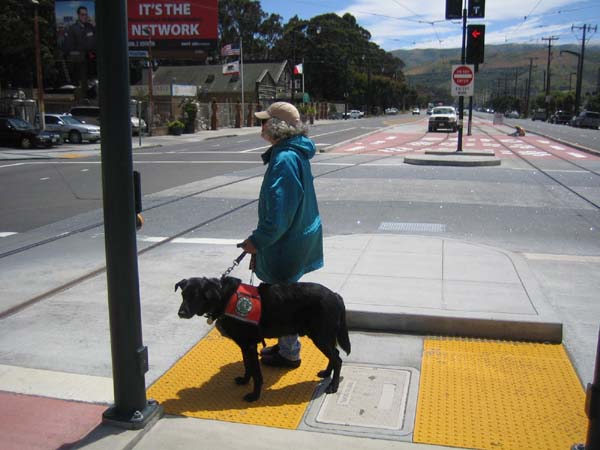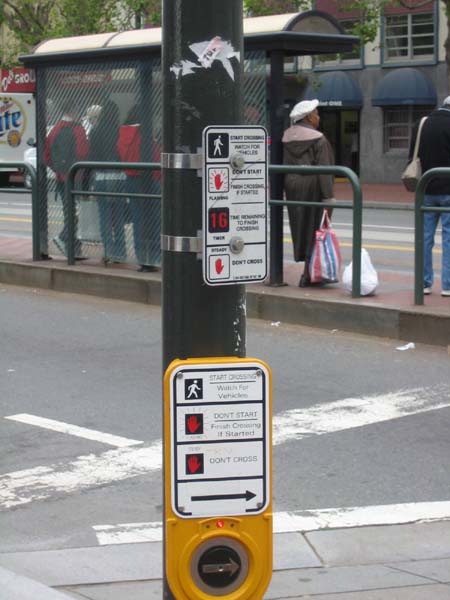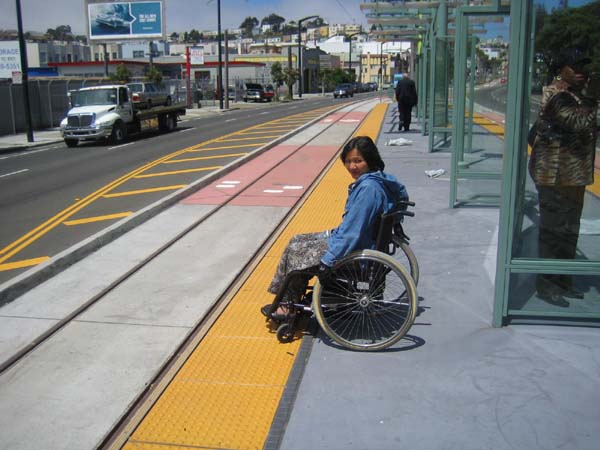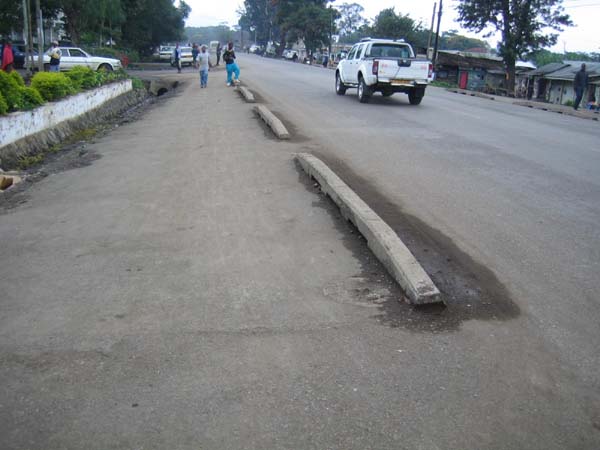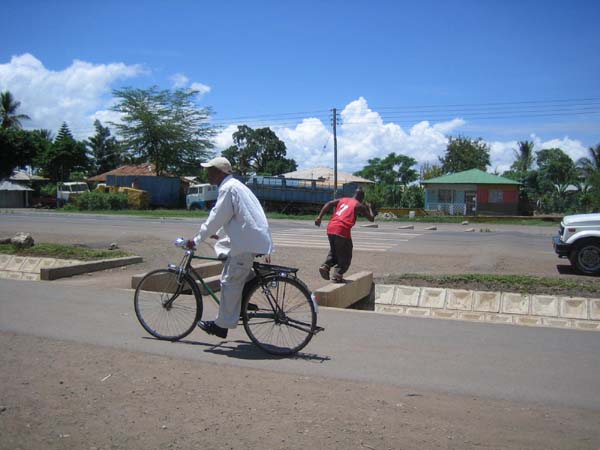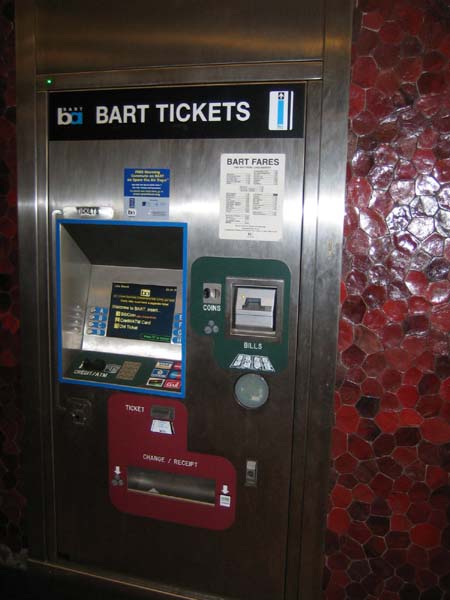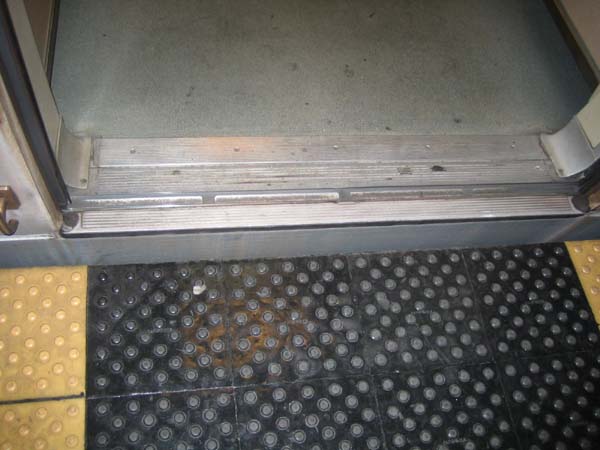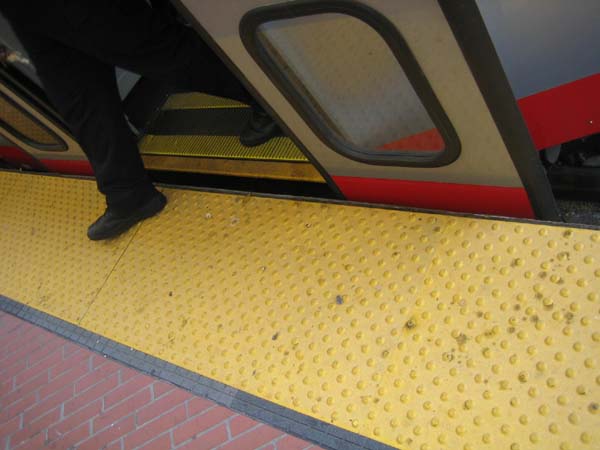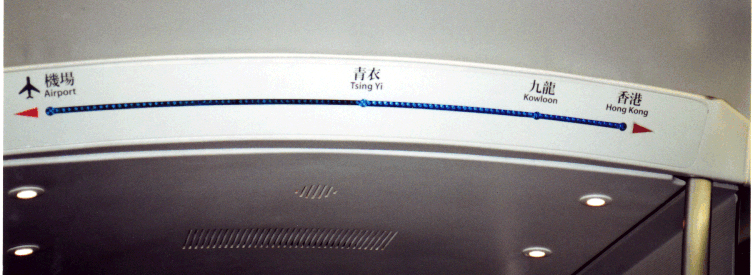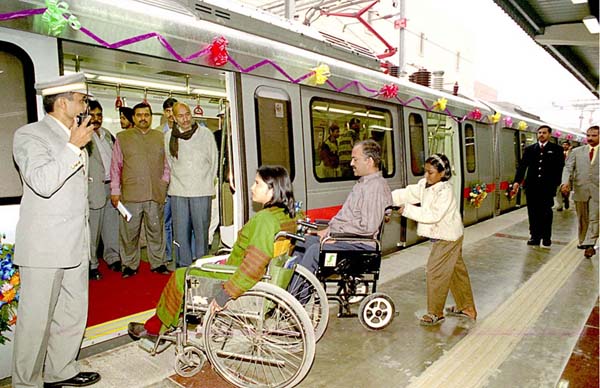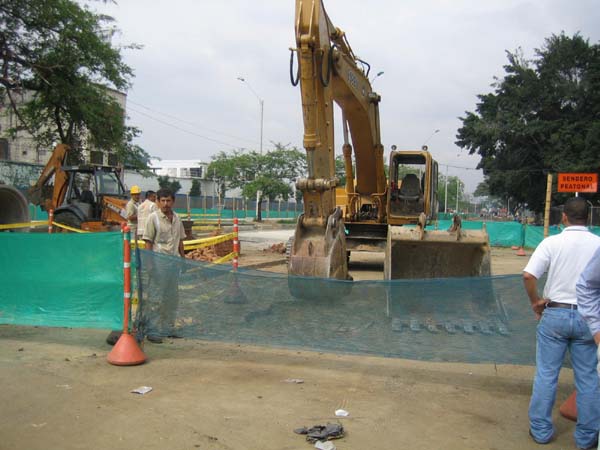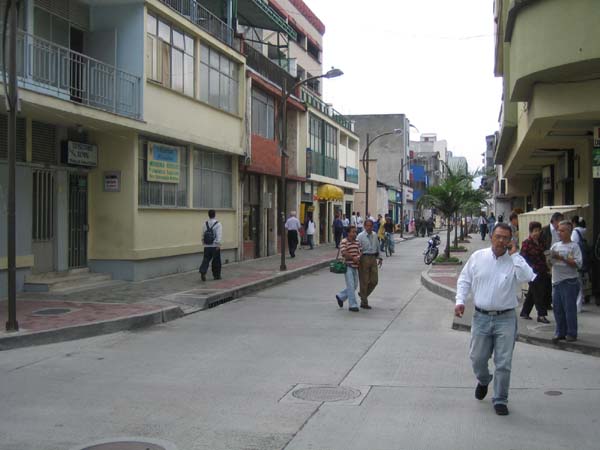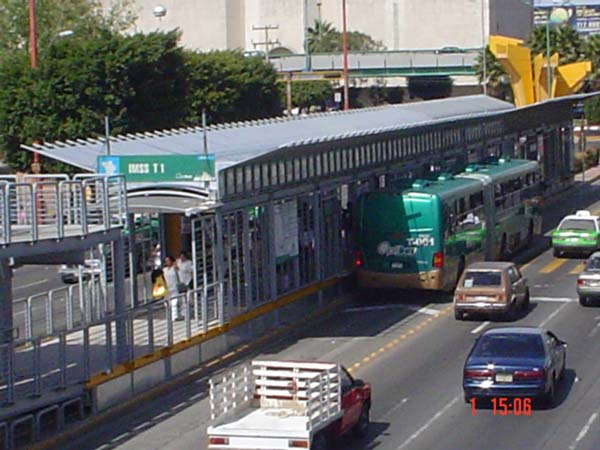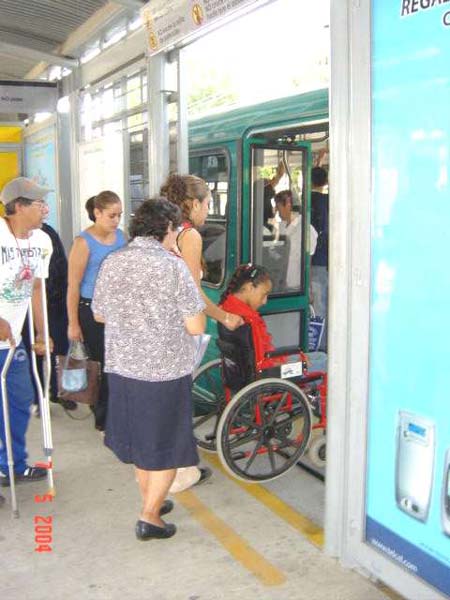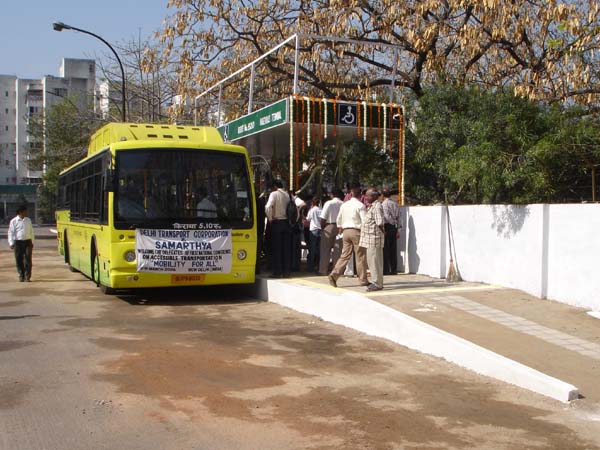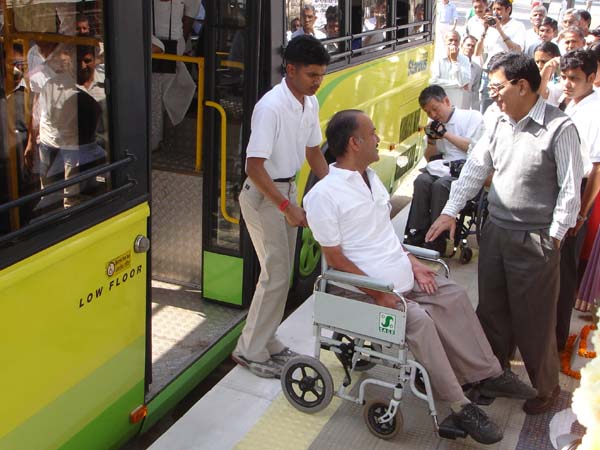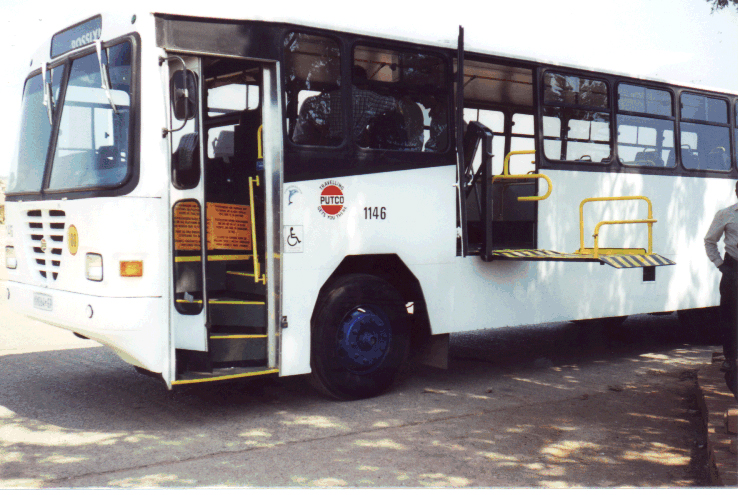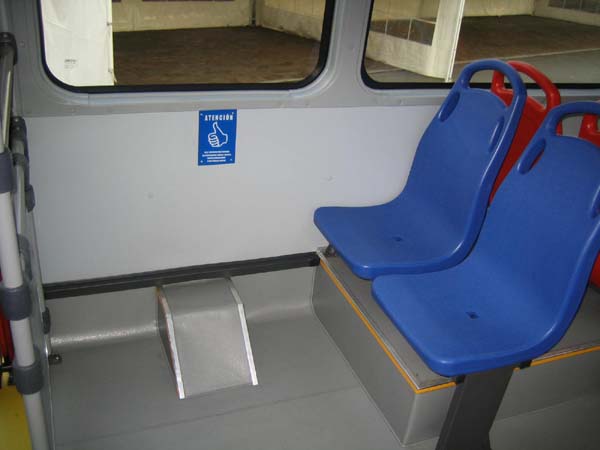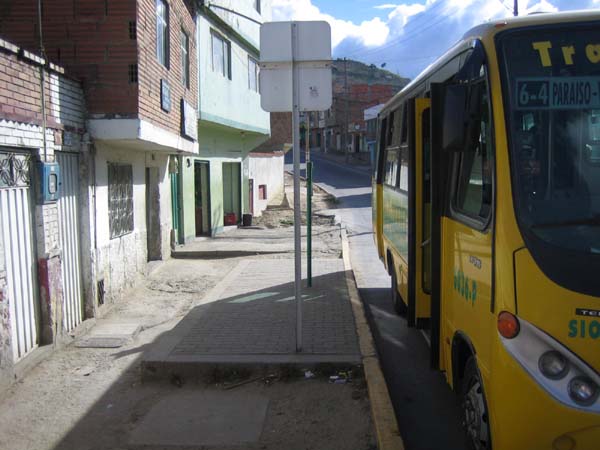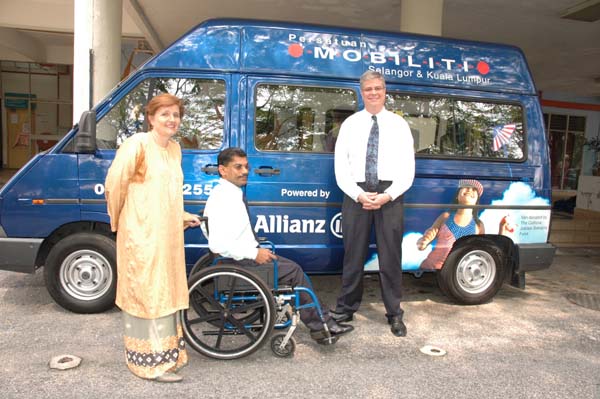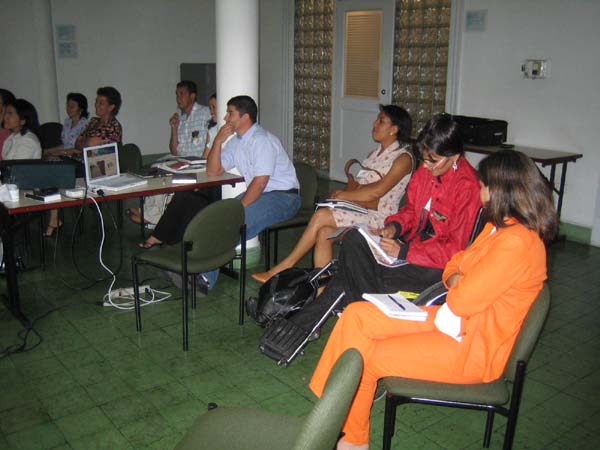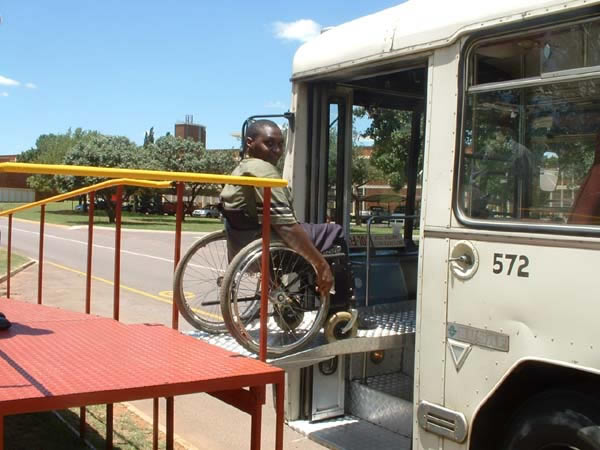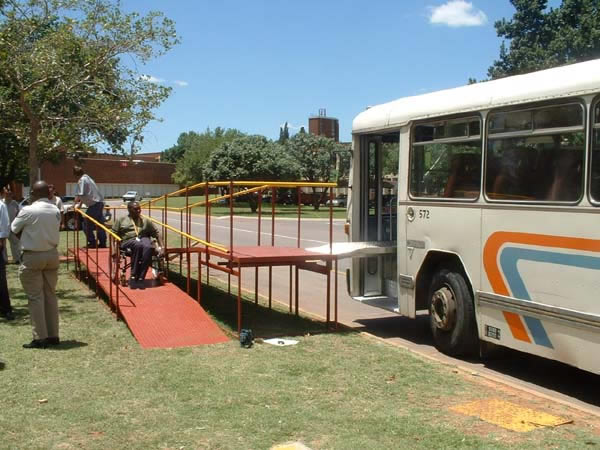Required Reading - LifchezIntroduction to Building a World Fit for People: Designers with Disabilities at Work.Raymond Lifchez (Originally published in Building a World Fit for People: Designers with Disabilities at Work, Authors: Elaine Ostroff, Mark Limont, and Daniel G. Hunter. A publication of Adaptive Environments Center, 2002) This slender, elegantly rendered volume is a milestone in the history of the concept of universal design. What began as a quest for architectural accommodation for people who use wheelchairs has, over the last several decades, evolved into the broader principle that professionals in architecture, landscape architecture, and design should attend to the needs of all people throughout all phases of the human life cycle. The twenty-one biographies you are about to read are testament to this revolutionary idea. The collection was inspired by Ron Mace, FAIA, who died in 1998. Ron had unique gifts as a conceptual thinker and a practical architect, and he pursued his professional life vigorously. His varied career included designing buildings and products, teaching, research, and advocacy. There are none that I know of like him. This volume is a fitting tribute to him and to those of his contemporaries who shared his vision, beginning in the 1970s. Ron was a role model for many who knew him professionally or who knew of his accomplishments. His physical disability gave him a particular point of view about how buildings should be designed, and he coined the term universal design to describe his approach. It was indeed fortunate that as Ron's professional life matured, so did the political climate that was attentive to his message. In the United States, the Civil Rights Movement opened the way: were it not for Blacks and the Civil Rights Movements those of us with disabilities would have few, if any, mentors, explains Devonna Cunningham-Cervantes, a designer and a woman, who was disabled in an automobile accident in 1988. The relationship between disability and civil rights was made explicit by the Rehabilitation Act of 1973, which codified one definition of accessibility: public access for people who had disabilities. Beginning in the 1980s, in the United States and elsewhere, design professionals have proposed a more inclusive criterion: the built environment should accommodate people of all sizes and shapes, all ages, and all levels of physical and cognitive ability. Universal design welcomes and celebrates all users. After Ron's death, one published tribute to him cited the first International Conference on Universal Design ( Designing for the 21st Century ), held that year, as evidence of the maturing of the design professions' social consciousness. Many designers who are committed to universal design have also worked to create an international community among themselves: as Andrew Walker asserts, I think connecting with each other is critical. We need to be strong together and weak together. We need to stop non-disabled people from discriminating against us in all the ways that they do. We must do this together and learn from each other: There is no other way. Stuart Soneson writes that being part of a community of designers with disabilities helps to shatter the feeling that we're all alone out there. The designers profiled in this collection live in six countries on four continents. Their individual reasons for choosing a design profession are as diverse as the routes they took to gain education and experience. Reading their life stories, I was captivated not only by what they have reported but also by what was not made explicit. First, their biographies are evidence of the universal vulnerability of human beings: accidents, diseases, and circumstances of birth transcend gender, ethnicity, and nationality. With this conventional wisdom illuminated, a reader is ever more convinced that universal design-not just wheelchair access-is the only rational approach to building. Secondly, I found myself noticing the ages at which each of these people became designers or became committed to universal design. Some, like Taide Buenfil Garcia and Yoshi Kawauchi, were in their teens; some had already embarked upon a different career; others, further along, reinvented themselves as designers in order to continue the creative work they were good at. What stories, I wondered, lay within each of these personal histories? What disappointments were overcome? What courage was mustered to say yes and to move on? Imagining their thoughts and emotions in those moments made me ever more appreciative of the energetic responses that followed. Undoubtedly, their professional work will, over time, become better known. But the special value of these biographical sketches lies in the descriptions of their personal lives. Their stories are inspiring in the conventional sense: each is the tale of a young person with creative talent and a physical disability who-often with the crucial support of a parent, a spouse, a teacher, or an employer, and sometimes with the use of assistant technology-persevered in acquiring the education, skills, and employment that would enable him or her to express this creative gift in a socially meaningful way. Certainly, reading about people who have integrated their work and their values enriches our lives. But for the professional designer and the student of design, these biographies are inspirational in a rather different and far more significant way. They offer us a deeper appreciation and knowledge of the physical, social, and psychological dimensions of the environment that shape individuals' ways of experiencing the world, and thus help us better understand the challenges of universal design. In my professional experience, I have found that designers who have a physical or sensory disability are particularly well-tuned to the subtleties that determine whether what is built will work well for those for whom it is intended. Like all designers, their reference is their own bodies, about which they are, understandably, particularly aware. This awareness informs their astute ability to size up the fit between people and place. My personal interest and involvement in the disability movement dates to my arrival in Berkeley in 1970. The number and variety of people using wheelchairs immediately struck me. I was told that Berkeley was the crip capital of America. The facts about Berkeley soon emerged: the history of its new, original institutions, such as the Center for Independent Living (CIL), created by young people with physical disabilities; the array of able-bodied young people who formed a nonprofessional, on-the-job-trained population of attendants, and the vigorous social life enjoyed by this mixed extended community; the accumulated knowledge about such subjects as how to make houses accessible, how to work creatively with the county's social services, and how to achieve better health and personal dignity through nonmedical practices. Alongside this thriving subculture was the University of California, committed to making higher education accessible to physically disabled students. As an architect and a new professor at the university, I volunteered to help with plans to facilitate access. I also began to collect material about how and why Berkeley worked as a town for people with disabilities who were living independently-outside of custodial arrangements or institutions. I thought this was a story that needed to be told and published my findings in Design for Independent Living: The Environment and Physically Disabled People (University of California Press, 1979). At that time, I was assigned a large undergraduate studio course in architectural design. The objective of the course was to teach design skills within a framework of social issues, to give beginning students a social awareness that would lead them to create accommodating designs. I taught this course for fifteen years. At the beginning, we read some of the fine and sensitive literature written by sociologists and anthropologists about people and environment. Gradually, I began to invite some of my disabled friends to visit the design studio to talk about the students' work. They observed and commented on whether or not they could live in the buildings the students were designing. These occasional visits became, eventually, a part of the studio curriculum. I put together a volume about the experience of teaching architectural design from this perspective, Rethinking Architecture (University of California Press, 1987). What I discovered in the exchange between our consultants -- those with disabilities -- and the students encouraged me. On the one hand, it was clear that the non-disabled students were attentive to the environmental experiences of those whose lives were considerably different from their own. And on the other hand, our consultants-because of their disabilities-had an unusual understanding of the physical environment: not only what they required for access but also the amount of time it took to perform certain movements, to go from point A to point B as an event. I was also impressed by their precise knowledge of their personal needs, of the mechanics of the wheelchair or prosthesis, of household equipment and furnishings, and their specificity of language in conveying this knowledge to amanuenses. In my experience as an architect, few clients, and even fewer architects, were as aware and knowledgeable about the relationship between themselves and the environment as were our consultants. Their participation considerably enriched what we sought to teach about designing buildings. I hope this digression makes my essential point: that by necessity, individuals with physical disabilities know about making designs that work. This knowledge, combined with professional skills and a personal esthetic, surely makes a formidable designer. As I read these biographical sketches, I wonder what particular gift each of these designers will bring to his or her commissions. What special contribution will each make to the concept of universal design because her or his designs are informed by the facts of life experience? Finally, a word about Elaine Ostroff. Nearly twenty-five years ago, Elaine co-founded Adaptive Environments, which became the hub through which a scattering of young, like-minded designers and teachers established a professional cohort and were able to legitimize themselves and their interests within the mainstream of the environmental design professions and academic institutions. Through Elaine's programs and the relationships they fostered, teachers, authors, researchers, and academics made connections that enabled us to advance the concept of accessible design as a subject and a social goal. As I read these biographies, I know that in time these designers will remember this volume for having created new webs of fruitful connections. Raymond Lifchez, Founder of the BERKELEY PRIZE and Chair of the BERKELEY PRIZE Committee, is Professor in the Department of Architecture at UC Berkeley, where he has taught undergraduate design studios and writing seminars for many years. His publications include Design for Independent Living: The Environment and Physically Disabled People (1981), Rethinking Architecture: Design Students and the Physically Disabled (1987), and The Dervish Lodge: Art, Architecture, and Sufism in Ottoman Turkey (1992). Additional Help and InformationAre you in need of assistance? Please email info@berkeleyprize.org. |
|






